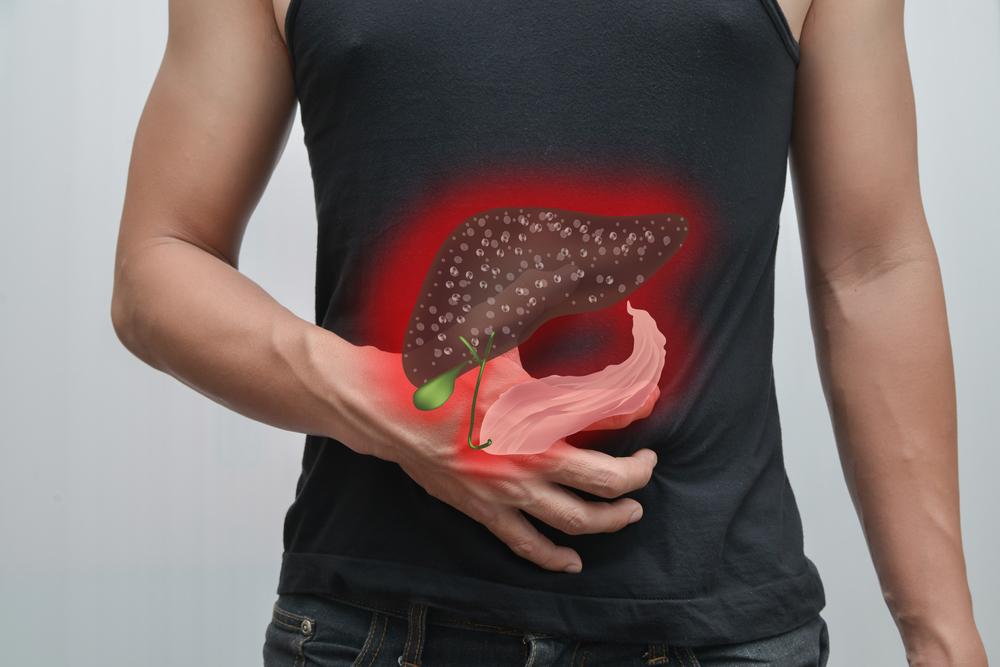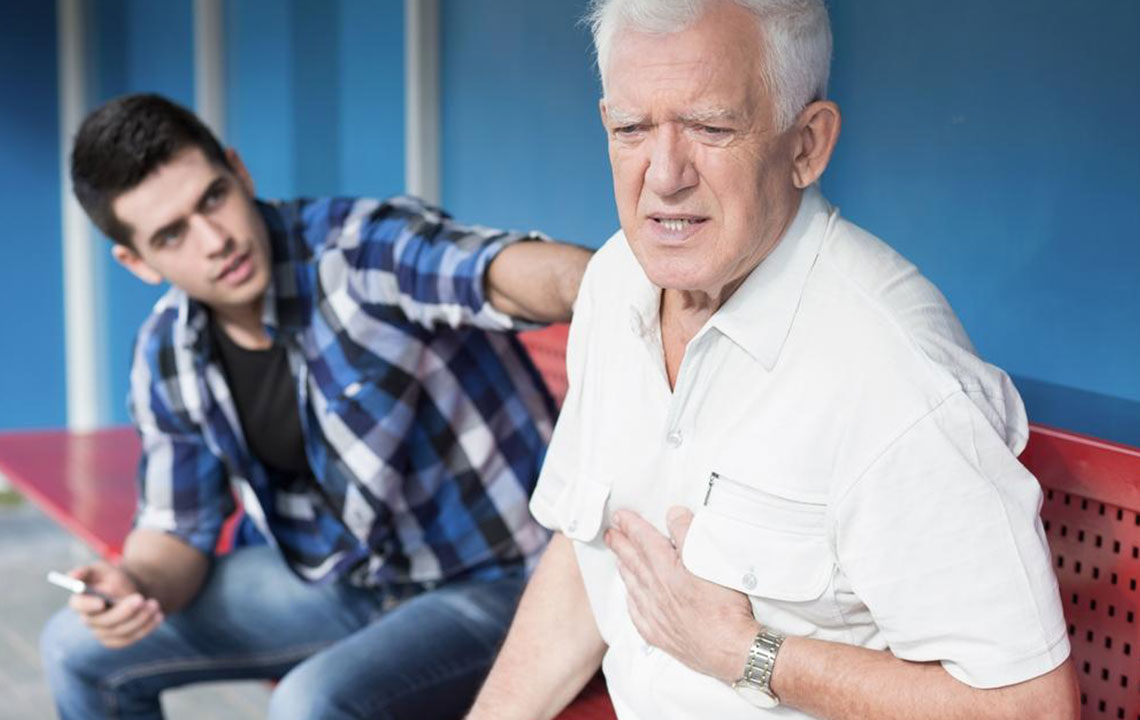Comprehensive Guide to Parkinson's Disease: Understanding Its Stages, Diagnosis, and Preventive Measures
This comprehensive article explores Parkinson’s disease, detailing its progression through various stages, diagnosis methods, and effective prevention strategies. It emphasizes early detection, lifestyle modifications, and the importance of professional medical assessment to manage symptoms and improve quality of life for those affected. Understanding these aspects is crucial for patients, caregivers, and health practitioners to effectively combat this neurological disorder and potentially delay its progression.

Comprehensive Guide to Parkinson's Disease: Understanding Its Stages, Diagnosis, and Preventive Measures
Parkinson's disease is a complex and progressive neurological disorder that primarily affects movement control within the human body. It is characterized by a variety of motor symptoms such as muscle rigidity, slowed movements, shuffling gait, trembling hands, and postural instability. Non-motor symptoms may include sleep disturbances, depression, and cognitive impairments. Understanding Parkinson’s disease in its entirety—its progression, way of diagnosis, and preventive strategies—can significantly improve patient outcomes and quality of life.
While the exact cause of Parkinson’s remains unknown, it involves the degeneration of dopamine-producing neurons in a part of the brain called the substantia nigra. The resulting dopamine deficiency leads to the hallmark motor symptoms associated with the condition. As the disease advances through a series of well-defined stages, early diagnosis and intervention can help manage symptoms more effectively and delay severe disability.
This detailed guide aims to shed light on the various stages of Parkinson’s disease, how it is diagnosed, key indicators to look out for, and lifestyle interventions that may help prevent or slow its progression.
Understanding the Progression Stages of Parkinson’s Disease
Parkinson’s disease progresses gradually over time, and its stages are typically categorized to better understand the severity and scope of symptoms. Recognizing these stages is crucial for patients, caregivers, and healthcare professionals to tailor appropriate treatment plans and care strategies.
Stage 1: Early or Mild Stage - At this initial phase, symptoms are often subtle and may be barely noticeable. Patients might experience slight tremors or muscle stiffness, usually confined to one side of the body. These early signs can be mistaken for normal aging or stress. Often, family members or close friends are the first to notice these minor anomalies. During this stage, walking and daily activities are generally unaffected, but vigilance is essential for early detection.
Stage 2: Mild to Moderate Symptoms - As the disease advances, symptoms become more pronounced and start affecting both sides of the body. Tremors, rigidity, and bradykinesia (slowness of movement) become more apparent. Patients may experience difficulty with fine motor tasks like writing or buttoning shirts. Balance might still be intact, but coordination issues could begin to surface.
Stage 3: Moderate to Severe Symptoms - Symptoms significantly impair daily living. Balance problems become more evident, leading to an increased risk of falls. Movements slow further, and patients may experience freezing episodes—sudden inability to move temporarily. Despite these challenges, many individuals at this stage can still perform basic activities unaided, although with extra effort.
Stage 4: Advanced Stage - Mobility and independence decline sharply. Patients often require assistance with walking, dressing, and other daily activities. Muscle rigidity and tremors are severe, and stiffness can lead to posture changes or deformities. This stage may also involve cognitive decline and emotional changes, such as depression or anxiety.
Stage 5: Terminal or Complete Dependence - The most severe stage, where individuals may be bedridden or confined to a wheelchair. They often depend on others for all aspects of care. Hallucinations, dementia, and other neuropsychiatric symptoms become prominent. Around this stage, full-time supervision is usually necessary to ensure safety and comfort.
Diagnostic Procedures and Challenges
Diagnosing Parkinson’s disease is often challenging due to the overlap of its symptoms with other neurological conditions. Currently, there is no definitive laboratory test for Parkinson’s, so diagnosis relies heavily on clinical evaluation and medical history. Early detection is critical to managing the disease effectively.Physicians typically perform comprehensive neurological examinations, assessing motor skills, reflexes, and coordination. Advanced imaging techniques like magnetic resonance imaging (MRI) and computed tomography (CT) scans are used primarily to exclude other conditions that might mimic Parkinson’s. Blood tests can also help rule out metabolic or infectious causes that may produce similar symptoms.
In some cases, specialists may conduct DaT scans (dopamine transporter scans) to evaluate dopamine levels in the brain. These imaging tools can assist in confirming a Parkinson’s diagnosis, especially in ambiguous cases. An accurate diagnosis usually involves multiple visits and assessments by neurologists specialized in movement disorders.
Strategies for Prevention and Risk Reduction
While there is currently no cure for Parkinson’s disease, research indicates that certain lifestyle choices and dietary habits may influence its onset and progression. Implementing these preventive measures could potentially lower the risk or delay the emergence of symptoms.Diet plays a significant role; consuming foods rich in folic acid such as leafy greens (spinach, kale), asparagus, broccoli, and beans can support brain health. Adequate vitamin D levels, maintained through sun exposure or supplements, have also been linked to neurological well-being. Green tea, containing antioxidants, has been studied for its potential neuroprotective effects, including enhancing dopamine function.
Engaging in regular physical activity promotes neuroplasticity and overall brain health. Aerobic exercises, strength training, and balance workouts can help maintain motor function and may lower the risk of developing Parkinson’s. Avoiding exposure to environmental toxins like pesticides and heavy metals is advised, as these have been linked to an increased risk of developing neurodegenerative conditions.
It is also beneficial to maintain mental stimulation through activities like puzzles, reading, and social engagement. Managing chronic health conditions such as hypertension and diabetes may also reduce neurodegeneration risk. Overall, adopting a healthy lifestyle with a balanced diet, regular exercise, and mental activities can contribute significantly to reducing the likelihood of Parkinson’s disease.





